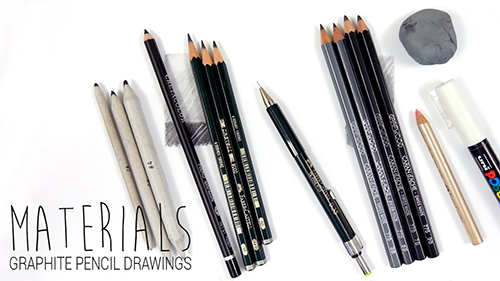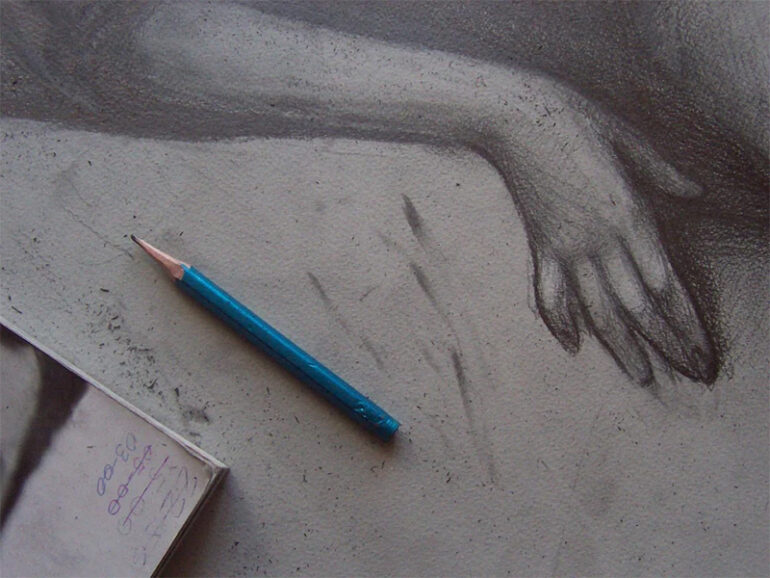The rough pencil sketch is often seen as the gateway to many other different art styles, but the more astute might realize that there is a beauty to the rough sketch that — when done right — will not need any other technique. There are plenty of reasons why anyone would want to master the art of sketching, but while it is easy to pick up, it can be another story entirely to master.
It is entirely possible to focus on rough sketching and build quality, character, and depth in the sketches as time goes on. There is something remarkable about a sketch, and you can realize your full potential with a few best-practice methods. Here are some essential tips for mastering the art of sketching.
Make use of the correct equipment

Without a proper foundation, it can be challenging to get any better at sketching, as the tools you have might only give you so much. Understanding the different types of pencils will provide more insight to what you might want to do. The hardness of the graphite will determine the type of sketch that you can do, with H indicating hardness, and B indicating blackness. The former is for lighter work, and the latter provides more depth.
Understanding the difference between H and B is the foundation many sketch artists need to get started. The best part is you can play around with the different types of graphite hardness to find the ones that are most visually pleasing to you.
On the topic of smudging and shading
One of the troubles that a sketch artist can come across is the constant threat of smudging their work. When you have already laid down the groundwork for a fantastic sketch, it would be a shame to accidentally rest your hand on most of the sketch while drawing and end up smudging the whole thing. In such cases, it would be a good idea to make use of another sheet of paper to cover the part of your hand that might accidentally rest on the piece while you work.
Smudging can also be used to your advantage when it comes to shading, as you can make use of a blending stick to get the job done. You can also use your fingers!
Invest on the correct technique
Even if you might be used to holding your pencil in a particular way, it helps to understand the traditional ways to hold a pencil, as it can help reduce the strain on your hand. The correct posture is also crucial as it helps reduce the chances of repetitive strain injuries (RSI) while you work. Sketching can take a lot of practice, and it pays to err on the side of caution.
Last but certainly not least, do not let anyone tell you what you should want out of your sketch. It depends entirely on what you think looks great — the use of traditional techniques is just a means of getting to where you want to go, sooner.
Photo Attribution:
1st and featured image from https://pixabay.com/photos/drawing-sketch-line-pencil-272499/
2nd image from https://i.ytimg.com/vi/6WeYurLhEZY/maxresdefault.jpg
